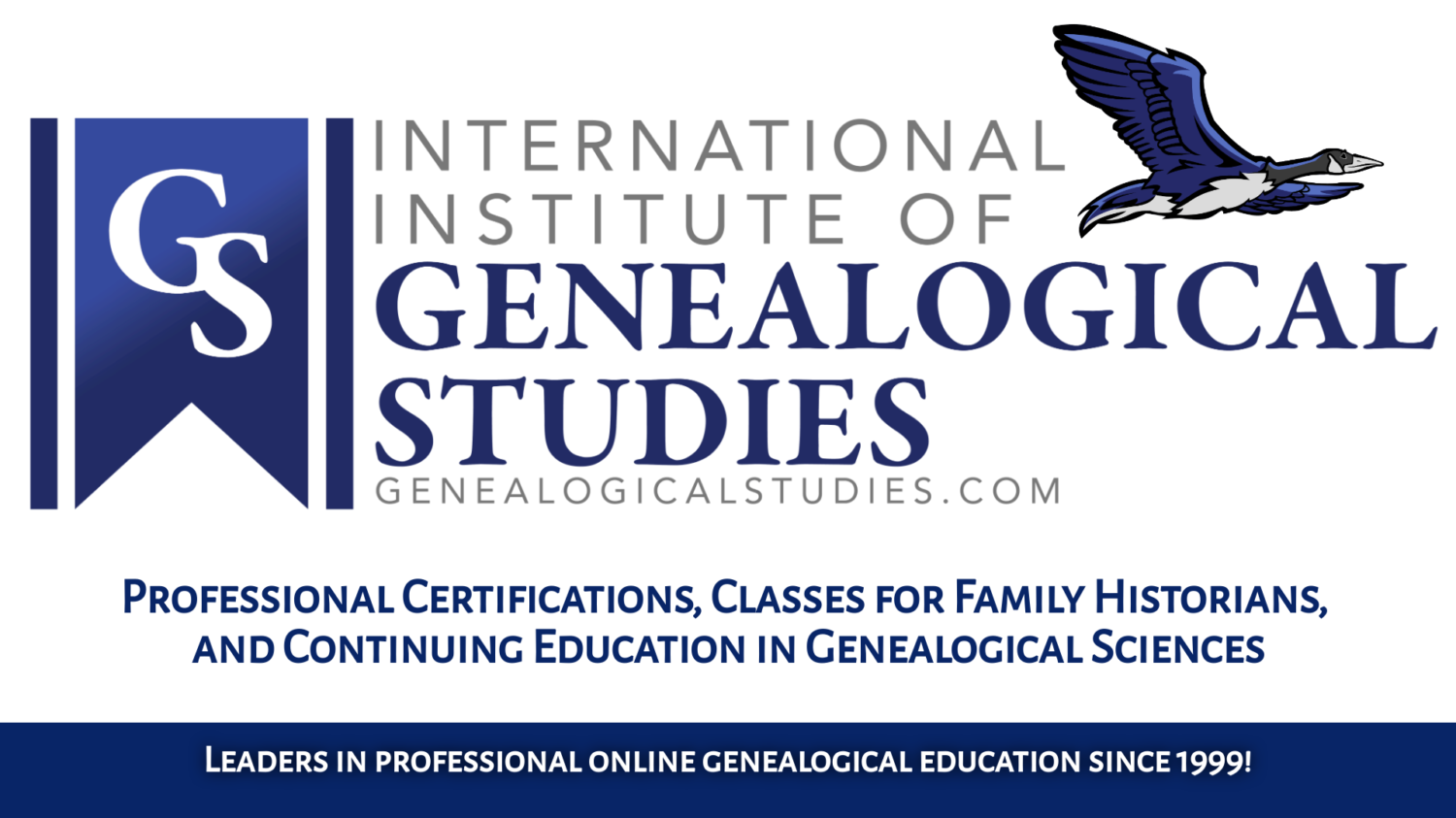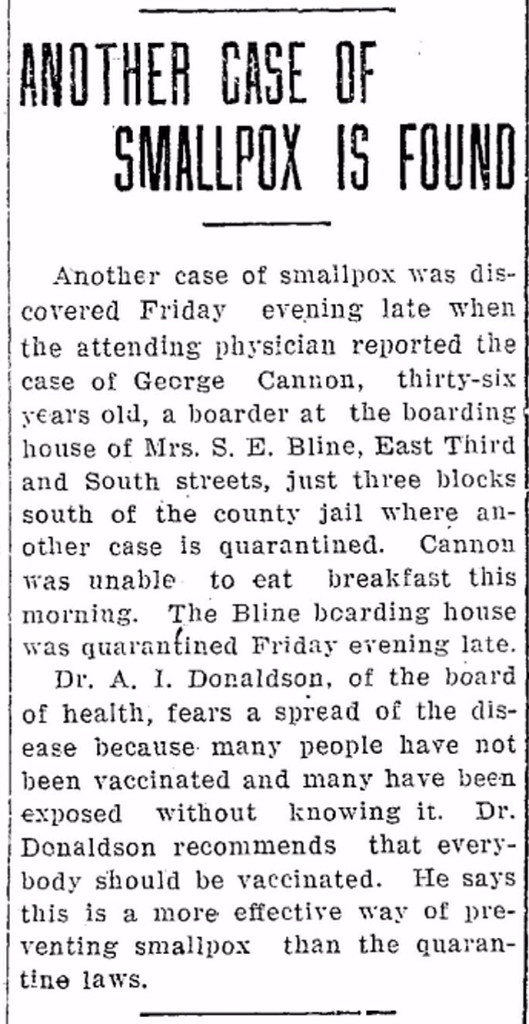By Shannon Combs-Bennett, student
I am a teacher at heart. It comes naturally you see. My parents were teachers, so too were my grandparents, great-grandparents… you get the drift. This is one of the reasons I love to do genealogy presentations. It makes me feel so good to explain something to someone who really wants to learn and watch them walk away with so many new ideas.
This is one of the reasons I really wanted to take the course Creating Genealogy Programs for Adults & the Younger Generation. The instructor, Jennifer Holik, has written several books on teaching genealogy to children that many of my friends who homeschool use as textbooks. Looking through them, and talking to Jennifer in the past, I knew that I would learn a lot of new techniques I could use in the future.
Don’t fear though! This course is not one sided at all. She adequately covers how to provide appropriate education for all age groups from child to adult which can be more difficult than it initially sounds. Especially if you are trying to teach younger children and you have never done that before. That is a skill all on its own… and it requires a lot of patience.
I really like how she broke down how to create everything from an hour-long presentation to a day-long workshop. Each of which I have done, and it was a lot easier after I put into practice some of her tips. Trust me, it seems easy when you agree to do a 6-hour workshop until you have to do it.
In addition to outlines on how to create these programs Holik also gives ideas on types of activities you may want to include based on age group. If you have a multi-generational workshop you can even adjust any hands-on projects so that everyone can participate. As an example, adults can do a traditional pedigree chart and younger children can create one with pictures or drawings if they cannot write well. Pretty cool, huh?
If you are involved with scouting or other similar groups, Holik points out that they may need your help as a genealogist. Many of these groups have badges the kids can earn that focus on family history or genealogy. This is a great way to get your name out into the community and help out too. I have done a couple of these and each one was an absolute blast. Something I would jump at doing again because the kids were great.
Needless to say, if you want to do more large format programs for a variety of ages this is a course you should register for. The sample plans, worksheets, and assignments alone are well worth it. The ideas are like the cherry on top of a decadent sundae.
On to the next course!!





